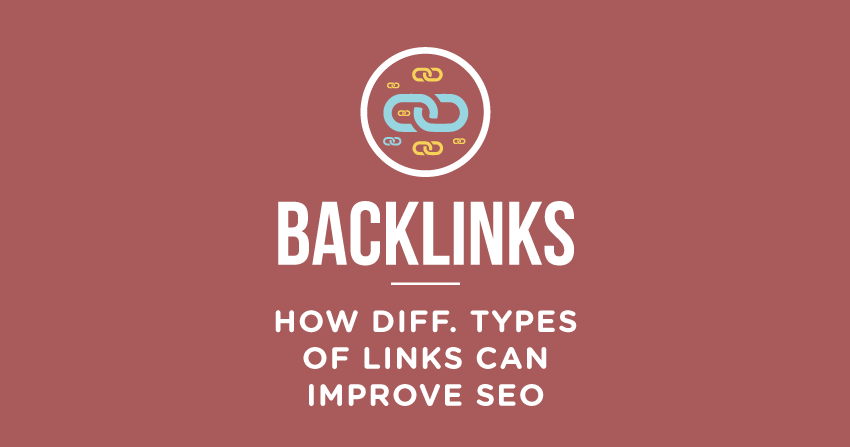Search engine optimization (SEO) has dominated most of the popular marketing strategies for a while now, with marketers now focusing on things like search rankings, keywords, key performance indicators (KPIs), and the like. Given the number of people using the Internet today, it comes as no surprise that companies exhaust their efforts to boost traffic on their websites.
When it comes to online traffic, organic traffic is perhaps the most crucial kind because it is more targeted and can thus provide search users with relevant content. Organic traffic refers to the number of visitors that land on your site from unpaid searches and is viewed to be more critical in the long-term because it has a higher chance of building customer loyalty. Despite this fact, however, many websites have focused more effort on boosting paid traffic.
Fortunately, SEO continues to evolve to suit the increasingly competitive online space. In particular, structured data has become a more popular strategy used to boost your organic traffic. If you look through SEO Services, you will find that most have started to offer this as a way to improve your overall SEO and possibly give you an advantage online!
What is Structured Data?
Structured data is a form of data that is organized and formatted in a way that makes the information easier to process. There are many ways in which you can markup the structured data on your webpage, with some of the common ones being JSON-LD, RDFa, and microdata.
In the context of SEO, structured data is often written in the form of schema markup, a type of microdata that search engines easily recognize. How it works is that the search engines will look at your structured data code to get more information about your webpage then use this to display richer results on the search engine results page (SERP).
The richer results are called rich snippets, which you likely have seen many times on the Internet. Rich snippets can come in the form of star ratings, publication date, cooking time, a calorie count of a recipe, and so many others. They help enhance the visual experience for search users, giving them more information from the get-go, so they are more attracted to your webpage.
How Does Structured Data Impact Rankings?
One of the important things you have to note is that structured data or schema markup is not a ranking factor for SEO, so adding it to your code will not automatically bump up your search rank. Google itself has said that structured data does not impact search rankings. However, structured data is a useful factor to improve your SEO and search engine visibility, and can indirectly help you improve your search rank in the long run.
With structured data, you can better communicate the nature of your business, webpage, or product to users and search engines. Since search engines can better understand the content of your webpage, it can display better and more relevant information to SERPs. In turn, users get more appealing results and maybe more enticed to click on your webpage, resulting in a higher clickthrough rate (CTR). As you increase your CTR and user engagement, Google may take notice of the performance of your webpage, which can ultimately increase your rank.
In a short test conducted to see the impact of structured data, it was found that clicks increased by 43%, and the average position increased by 12%. Naturally, you also have to look at other components of your site if your goal is to become the top-ranked page in the SERP. For instance, you have to make sure you have high-quality content that is easy to read, particularly on mobile phones, since more and more people make use of their phones to browse the Internet.
Though you will still have to work on other parts of your SEO to generate the best results, structured data undeniably helps boost your organic traffic. If you have not yet incorporated this in your strategy, then now is the perfect time to do it!
How to Implement Structured Data on your Website

One of the reasons why not many websites use structured data today is because of the technicalities and resources needed to implement it. You need to understand the code and how to mark your data up, but such may be tricky to learn when doing it for the first time.
If you intend to learn how to implement structured data, however, there are various tools that you can use to simplify the process. You do not necessarily know how to code, but having background knowledge will help. There may be a slight learning curve as you have to familiarize yourself with how schema markup works, but the benefits are surely worth it.
Though you can implement the structured data manually through coding, you can also make use of a handy tool called Google Structured Data Markup Helper. Once you open it in your browser, you can follow these easy steps:
Select Data Type and Enter URL
The first tab you will see when you open the helper consists of multiple data types you can choose from, including local business, product, article, and others. Once you select the appropriate data type, paste your webpage’s URL or HTML and click Start Tagging.
Assign Data Tags
In this step, you will see your webpage on the left pane and a list of data items from the markup helper on the right pane. All you have to do is highlight different elements from your webpage and assign them to the corresponding data item. For example, you can highlight the title of your article and assign it to “Name,” which you will then see on the right pane.
Create HTML and Add to Your Webpage
Once you finish assigning your data tags, click Create HTML, and you will be given your structured data markup in JSON-LD form, but you can easily change this to microdata by clicking the JSON-LD dropdown box. Download the code as an HTML file then add the markup into the source code of your webpage.
Open Google’s Structured Data Testing Tool
Google also has a testing tool that you can use to try out your code. You can either add in the HTML of your website with the new code or directly paste the structured data markup to the tool. Run the test to see the markup analysis and possible errors in your HTML before publishing it on your site.
Once you are finished, all you can do is wait. Google can take days to weeks to recognize the structured data in your HTML, so you will not immediately see changes in your SERPs until then. Though it may be difficult to wait, you can take the time to focus on improving other aspects of your SEO, so you can maximize the benefits once your rich snippets start getting displayed!
If you prefer learning the code yourself, then it will help to familiarize yourself with three schema terms: itemscope, itemtype, and itemprop. Itemscope categorizes your content by topic, telling a search engine that all the content with this label is on the same topic. Itemtype categorizes your content further and tells the search engine what the specific content is about, then itemprop will provide additional information about your item.
Conclusion
Today, there are several strategies to help you boost your SEO, with structured data being one of the trends in the online space. As seen in the growing number of sites employing structured data, there are huge benefits to adding schema markup to your webpage’s HTML. Aside from boosting your organic traffic, you can also increase your visibility and KPIs, ultimately leading to higher returns.














